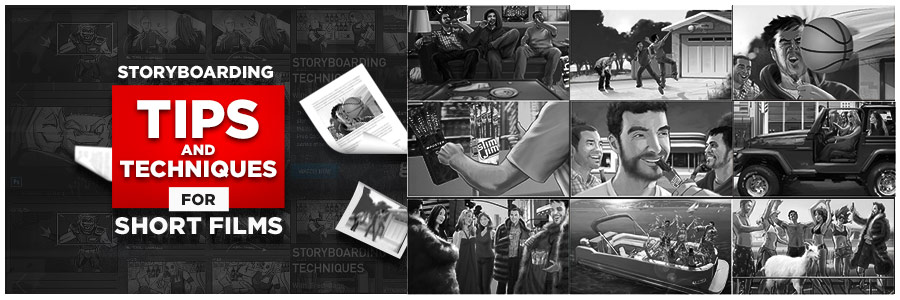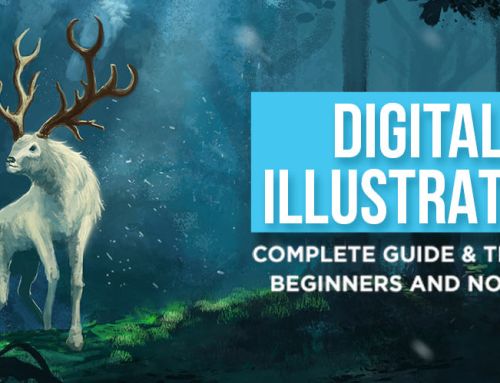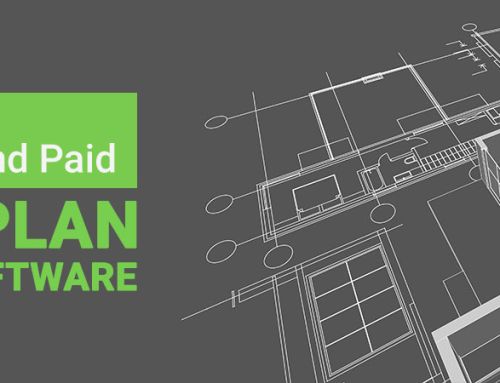With innovative technological developments, many new concepts have been introduced. It is absolutely true that visual aids are very helpful in elaborating and presenting one’s vision for a particular project. With the help of a storyboard video, it becomes possible for a person to put forth his exact vision for a movie, mapping out the entire plot and making it easier for others to comprehend the idea in a much better fashion.
Film storyboarding is a process by way of which the creator of the video sets an organized plan for its production, arranges all the shots in the desired order and plans how the shots will interact with the storyline. There is a starting point, a storyline and an end. This planned timeline of frames ensures that no shot is left. Losing the order of shots is least desired because when the shots are not complete or aren’t in the right order, it definitely has a negative impact on the end result as it might look distorted or not make enough sense.
The process of storyboarding is an essential step while working on eLearning video and animation video content as well. One of the biggest reasons to include storyboarding is that it considerably decreases the production risk. There are actually several reasons why explainer video creation is so useful. It helps in checking out whether the concept can be successfully carried out or not. A typical storyboard possesses notes that state the kind of media that is being used, how to streamline various elements with the audio and this gives a pretty clear idea of how the entire board will function together as a unit. It is also beneficial because storyboarding helps in deciding what are the appropriate media and any changes that need to be incorporated.
Some really effective storyboard drawing tips to help with your project are detailed below.
Start from the basics
Storyboarding is something that should not be done in a hurry and this is what you should understand if you are wondering how to make a storyboard for a short film. Begin from scratch. Create a series of squares on a blank piece of paper. The first thing to do is to draw the storyboard. Treat every single square as a frame of the video and keep on adding details as and when needed. Every detail counts because it helps in giving a better explanation of your vision. Give all the characters a different height. Play with the characters and make them look interesting and appealing.
Use a 3D perspective
As a storyboard creator, you want your content to be very clear and engaging. When you opt for flat staging, the picture doesn’t hold as much interest. So, unless the storyboard specifically demands for flat staging, it should be avoided. The aim is to create something that showcases your idea in the best way possible. Avoid drawing objects that are parallel to the frame because that makes the image look very boring. The background needs to have a certain amount of depth. These are the storyboard drawing techniques that you must not overlook.
Communicate
Though not considered with that much reverence, this is one of the very basic fundamentals of storyboarding. Often meet with the people you are working with and keep touching base. Periodically check that the storyboard properly covers everything. Add notes of what every shot should eventually look like. All the team members should be on the same level. A regular exchange of ideas helps induce creativity.
Make every information count
Do not insert storyboard frames that are irrelevant to the story. Each piece of information needs to complement the shot. There is an inherent need to make a well plotted story and that means giving all major characters a little backstory. But, while doing this, do not stray from the theme of the storyboard.
Simplicity is the key
Do not go overboard with creating really heavy and intricate characters. Keep your storyboard simple and clean; this is what most of the expert storyboard artists do. Use all the basic shapes against a very plain backdrop. The only thing that you need to make sure is that each frame looks good and has some details on it. Keep things as uncomplicated as possible but not too bare and dull. Be sure to leave sufficient space below every square because that is where you ideally write your notes.
Think big
While working on a storyboard, one needs to take into account many different things like the actors, the props involved and the way communication occurs. Look at the entire frame while paying attention to all the nitty gritty. Do not force too much material into one frame. Every shot needs to look clean and has to be easily understandable. When many characters are stuffed together into a single frame, it looks very untidy. You have to comprehend that empty space in a frame is as important as the filled space. A typical storyboarding company is well acquainted with this fact.
Instead of drawing squares on a piece of paper and using those as frames, you can also choose to make frames from index cards and then give them an order in which they will proceed. This gives you more flexibility in tweaking your order of the frames. It depends on how detailed the project is because if the plot is really long, it becomes difficult to use index cards. Then, you could either break the story into “chapters” or just not use index cards at all. They are there for your convenience.
When you finish drawing the storyboard, they need to be scanned and inserted into any of the editing software program of your choice. Create one file which contains the storyboard for the whole project.
In case you aren’t able to carry out a storyboard according to your expectations, you can always outsource the work to a professional company offering storyboard illustration. Storyboarding is time effective and cost effective; so the investment would definitely be worthy.







